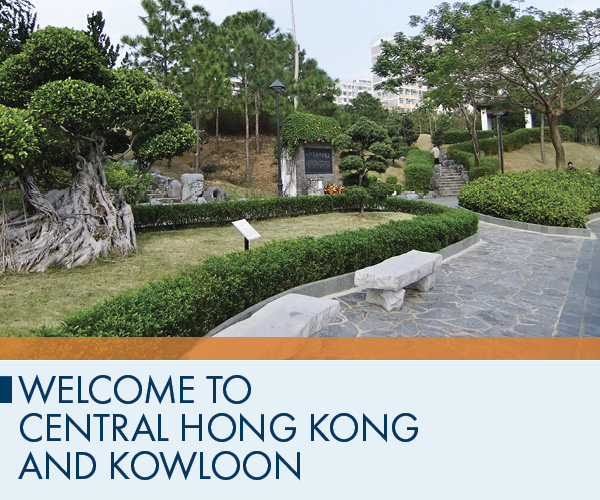| Home » Fodor's Travel » Asian » Hongkong |

Previous Chapter | Next Chapter | Table of Contents Updated by Kate Springer The Hong Kong Island skyline, with its ever-growing number of skyscrapers, speaks to ambition and money. Paris, London, and even New York were already centuries in the making when Hong Kong’s gleaming glass towers landed it on the map as one of the world’s leading financial centers. Commerce is concentrated in the glittering high-rises of Central, tucked between Victoria Harbour and the forested peaks on Hong Kong Island’s north shore. While it’s easy to think all the bright lights are the sum of today’s Hong Kong, you need only walk or board a tram for the short jaunt west into the Western neighborhood to discover a slower-paced side of Hong Kong that is more traditionally Chinese. You’ll discover the real Hong Kong to the east of Central, too, in Wan Chai, Causeway Bay, and beyond. Amid the residential towers are restaurants, shopping malls, bars, convention centers, a nice smattering of museums, and—depending on fate and the horse you wager on—one of Hong Kong’s most fortuitous spots, the Happy Valley Racecourse. Across Victoria Harbour, Kowloon sprawls across a generous swath of the Chinese mainland. Tsim Sha Tsui, at the tip of Kowloon peninsula, is packed with glitzy shops, first-rate museums, and eye-popping views of the skyline across the water. Just to the north are the teeming market streets of Mong Kok, and two of Hong Kong’s most enchanting spiritual sights, Wong Tai Sin Temple and Chi Lin Nunnery, in the dense residential neighborhoods beyond. As you navigate this huge metropolis (easy to do on the excellent transportation network), keep in mind that streets are usually numbered odd on one side, even on the other. There’s no baseline for street numbers and no block-based numbering system, but street signs indicate building numbers for any given block. |